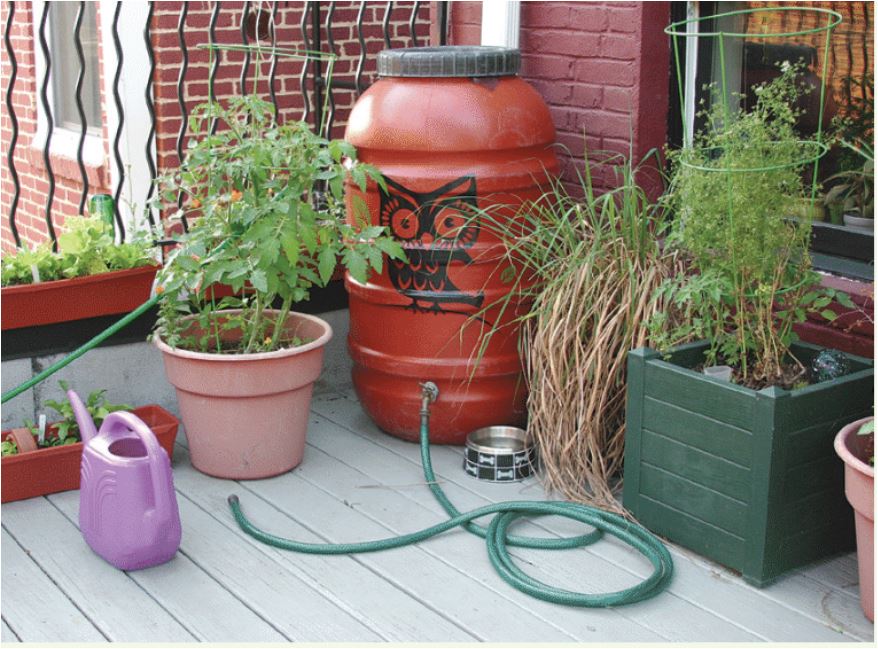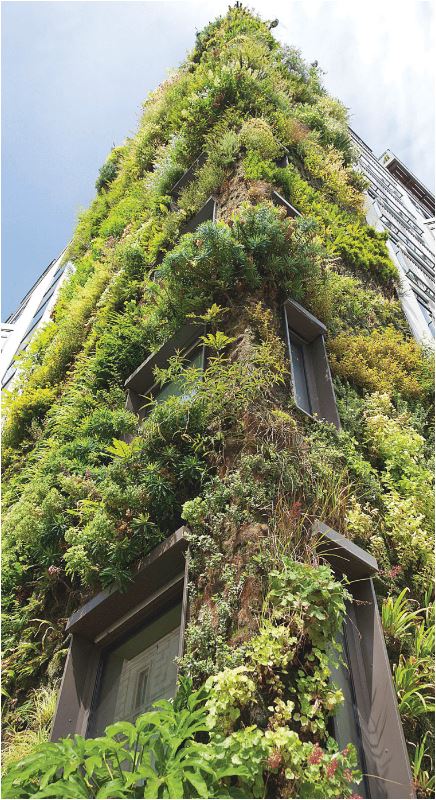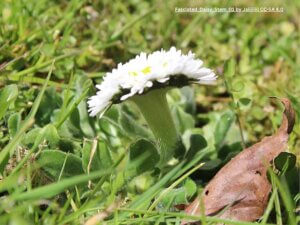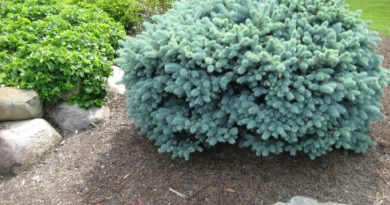15 easy eco-gardening techniques to incorporate into your yard(1)

By Tania Moffat
Today, more than ever, concern for our environment has become paramount. It is only natural that this concern would have an influence on our gardening practices. Many gardeners have been incorporating eco-friendly aspects to their gardens for years, perhaps some-times without even knowing it.
As a country, Canada has taken an interest in pursuing more eco-friendly methods in pest and weed control. Many cities, municipalities and towns have banned pesticides for cosmetic use and moved to more earth-friendly insect pest control methods.
How can you incorporate eco aspects into your garden and help the earth? It is easier than you may think to get started. Many aspects require a little common sense and adjustment to our regular practices. Here are 15 things you can do to make your garden more eco-friendly:
- Plant trees!
Trees are one of the best and prettiest ways to reduce our carbon footprints. They improve air quality by filtering out air pollutants and carbon dioxide, in addition to releasing oxygen. They provide shade, prevent soil erosion, and offer homes and food for wildlife. Trees are efficient tools in fighting the greenhouse effect and in creating biodiversity.
- Mulch.
Mulching around trees and shrubs will help to conserve moisture and benefit the well-being of your plant. It keeps roots cool in the summer heat and insulates them over the cold winter months. High quality wood mulch helps to cut down on weeds and releases nutrients as it decomposes. Read the label to ensure it is made from natural wood. Quality mulches are the by-products of lumber milling and processing, just another part of reducing waste! Top up your mulch every year and ensure it does not remain chronically wet.
- Fight without chemicals when you can.
Diatomaceous earth and other natural based products can work wonders for your pest control needs. Often simple home-based solutions can help and prevent chemicals from leaching into the ground. Water and dish detergent will kill any number of plant pests, vinegar and other regular household items can also help depending on your needs. You don’t have to abandon chemicals, but start with natural solutions where you can. Take mosquitoes for example, one of the best ways to reduce their populations is to simply remove standing water from your property.
- Feed your plants naturally with earth friendly
products like: Compost- It’s free if you do it yourself! Use a bin or build a composter and turn food scraps (not meat) and fall leaves into black gold for the garden. Make tea– From worm tea to seaweed, add a natural fertilizer. Bone and blood meal are also great natural additions for plants. Manure– If you have chickens or farm animals let them anure mellow for at least six months or add it to your compost for some super fertilizer. Vermi compost– A mix of the tea and compost ideas, steep worm castings in water to make a liquid foliar feed or add the castings directly into the garden.
- Use the power of the sun.
Install solar powered garden lights and skip the wiring and electrical bills. Try a solar-powered grid to power water features or to replace electricity needs in other areas of the garden.
- Water wisely.
Water according to the sun; early morning or evening watering is best to decrease evaporation losses. Soaker hoses are better than sprayers or sprinklers for conserving water as the water is delivered directly to the root of the plants.
- Create a potager.
Plant edible flowers, pretty annuals and perennials with herbs and vegetables. A traditional gardening technique that is both pretty and functional as you can use companion planting techniques to get the most out of your plants. Besides, who wouldn’t want a beautiful vegetable garden?
8. Install a rain barrel.
Rain barrels are a wonderful way to save on high water bills. They are simple to use, just hook them up to your downspout and save all that water headed for the storm sewers to water your plants.












